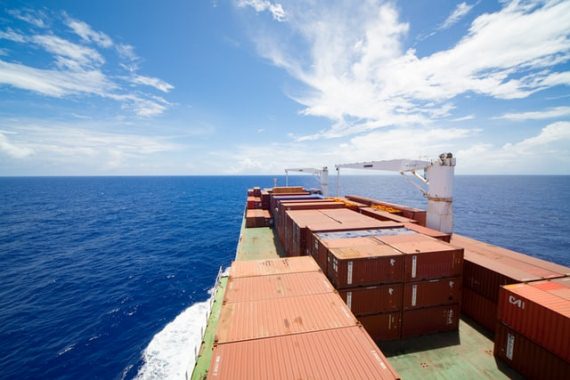-
Ocean rates are still very elevated and transit times volatile due to the ongoing pandemic-related delays and closures, nonstop demand for ocean freight from Asia to the US, and a lack of capacity
-
Natural disasters put additional pressure on an already stretched thin industry just as peak shipping season heats up
- High consumer demand for imports pushed transpacific rates up to new record highs last month
Ocean freight rates continued to rise in July, up by over 460% year-on-year and with no indication of coming down in the near future, according to Freightos.com.
Freightos.com research head Judah Levine said ocean rates are still very elevated and transit times volatile due to the ongoing pandemic-related delays and closures, nonstop demand for ocean freight from Asia to the US, and a lack of capacity.
Meanwhile, air cargo rates are stable as importers and exporters seek alternatives to sea freight—despite the expense and possible financial loss—as a way to guarantee inventory and build customer loyalty while their competitors may be sold out due to logistics delays.
The ocean freight market in July was marked by more disruptions—including fires in Canada, flooding in Europe, a typhoon in China, and virus outbreaks in Vietnam and elsewhere.
These natural disasters put additional pressure on an already stretched thin industry just as peak shipping season heats up, said Levine.
Ocean freight rates continued to climb overall, reaching US$10,174 per forty-foot equivalent unit (FEU), a 466% increase compared to July 2020.
High consumer demand for imports pushed transpacific rates up to new record highs:
- Asia-US West Coast rates reached $18,346/FEU, more than six times its level a year ago
- Asia-US East Coast prices climbed to $19,620/FEU, 487% higher than last July
- Prices from Asia to North Europe spiked 22% since the end of June to $13,706/FEU, more than two and a half times their level at the end of 2020
“Basically, freight is really expensive, but with close to no capacity many importers and exporters are willing to pay premiums in addition to these rates just to keep their goods moving. And with high consumer demand and still-lagging inventory levels, prices aren’t going to let up anytime soon,” Levine said.
Photo by Kurt Cotoaga on Unsplash





